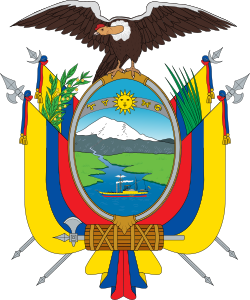| ||||||||||||||||||||||
Do you want independent citizens to have the full right to be elected without the need to be affiliated with any political party, thus confirming the equality of all Ecuadorians before the Law? | ||||||||||||||||||||||
| Results | ||||||||||||||||||||||
|---|---|---|---|---|---|---|---|---|---|---|---|---|---|---|---|---|---|---|---|---|---|---|
| ||||||||||||||||||||||
 |
|---|
A referendum on allowing the election of independents was held in Ecuador on 2 June 1986 alongside provincial elections. [1] The proposal was rejected by 69% of voters.
The same question was later asked in a 1994 referendum, with voters voting in favour. [2]